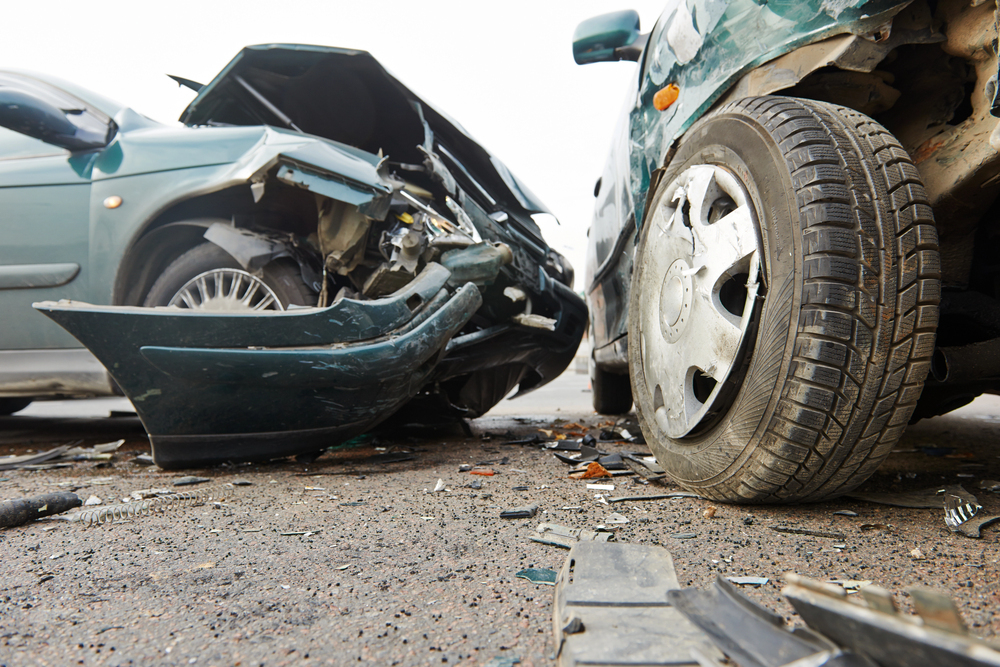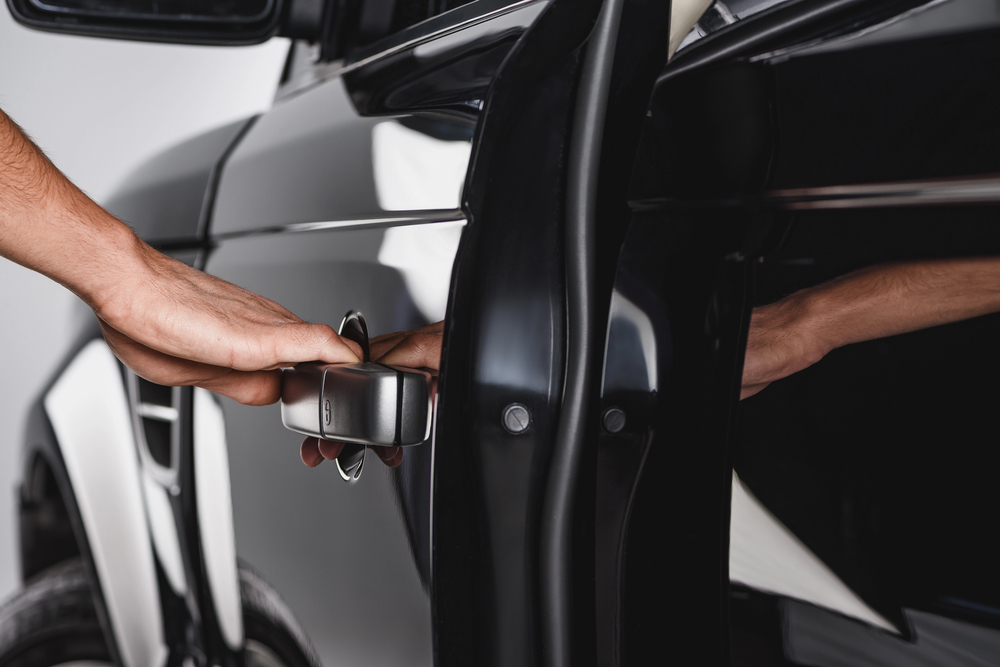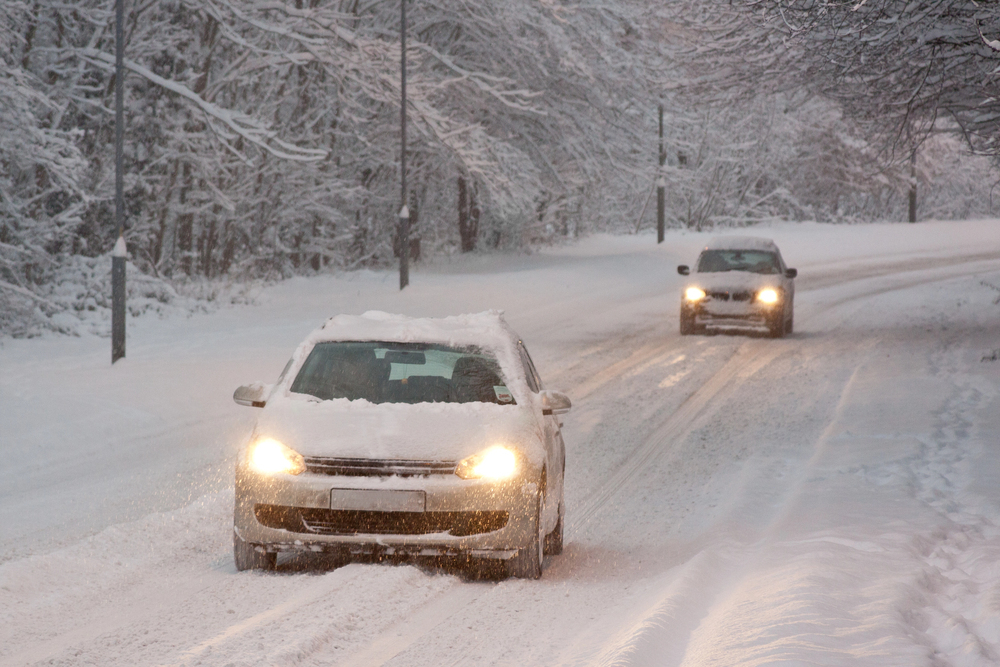An accident, no matter how minor, may affect your vehicle’s value when it comes time to trade it in or sell it. For South Jersey drivers, where resale values are a priority due to the region’s active used car market, taking proactive steps to restore your car’s condition after a collision is critical. To help you restore your car’s value after an accident, we have come up with a NJ car repair guide.
Key Takeaways
- After an accident, restoring your car’s value requires timely repairs, as neglect can lead to worsening issues like rust and reduced safety.
- Addressing both cosmetic and structural damages, such as dents and misaligned frames, ensures a better resale value and improved performance.
- Using OEM parts over aftermarket alternatives preserves your car’s integrity and may enhance its resale potential.
- Detailed documentation of repairs, including receipts and before-and-after photos, provides transparency to future buyers.
1. Prioritize Immediate Repairs
Delaying repairs after an accident can turn minor issues into major problems. A small dent or scratch, if left unattended, can lead to rust, corrosion, or even structural weakness over time, especially in South Jersey’s coastal areas where salt in the air speeds up oxidation. Additionally, unrepaired damages can decrease your vehicle’s safety and driveability, with issues like alignment or frame problems potentially leading to accidents down the road.
It’s important to seek immediate repairs from a trusted collision repair shop. For example, at Elmer’s Auto Body, our certified technicians assess all damages, both visible and hidden, using advanced diagnostic tools. From repairing dents to recalibrating safety systems, we ensure your car is restored to pre-accident condition without cutting corners.
2. Address Cosmetic and Structural Damage
Even if your car is still functional, its appearance and structural integrity are critical for resale value and safety. Dents, scratches, and faded paint give the impression of neglect, which can drive down offers from potential buyers. Beyond aesthetics, structural damage like frame misalignment can reduce the car’s ability to absorb impact in future collisions.
Cosmetic damages can be repaired with paintless dent repair or traditional paint repair. A collision repair shop will use advanced color-matching techniques to ensure a seamless exterior finish that can’t be achieved with DIY methods.
3. Use OEM Parts
Original Equipment Manufacturer (OEM) parts are identical to those initially installed in your vehicle. Unlike aftermarket parts, which can vary in quality and fit, OEM parts are specifically designed for your make and model, ensuring the best performance and preserving warranties. For South Jersey drivers, who often face harsh winters and summer heat, OEM parts provide durability and peace of mind.
But why are OEM parts better than aftermarket or salvaged parts? Using OEM parts can positively impact resale value, as buyers and dealers view vehicles with these components as better-maintained and less likely to have recurring issues. Additionally, for cars still under warranty, some manufacturers may require OEM parts for coverage.
4. Document Repairs Thoroughly
Accidents are part of a vehicle’s history, but you can control how they are perceived by future buyers. Keeping detailed records of all repairs builds confidence, showing that you took every step to restore the vehicle properly.
Here is what to include:
- Repair Receipts: Itemized invoices from reputable repair shops, showing the quality and scope of the work.
- Insurance Reports: Documents detailing the claim and assessment.
- Before-and-After Photos: Visual proof of the repair work, which can help dispel concerns about lingering damage.
5. Invest in Professional Detailing
A professional detailing service doesn’t just make your car look better; it can also protect its exterior and interior from future damage. Detailing goes beyond a simple car wash to include polishing, waxing, upholstery cleaning, and restoring finishes, leaving your car looking like it just rolled off the showroom floor.
Detailing also comes with numerous benefits that keep your car looking great. The wax coat on the exterior, for example, protects UV rays, road debris, and coastal salty air. Interior detailing removes stains, odors, and dirt, creating a fresh and appealing cabin. Lastly, a clean engine bay signals good maintenance and may improve any resale offers.
6. Work with a Reputable Auto Body Repair Shop in South Jersey
Not all repair shops are created equal. Choosing a facility with a proven track record ensures that every repair is handled with care, precision, and transparency. At Elmer’s Auto Body, we bring over 75 years of experience serving South Jersey drivers. Our certified technicians combine experience with state-of-the-art technology to deliver superior results.
Contact a South Jersey Auto Body Repair Shop Today
Restoring your car’s value after an accident doesn’t just protect your investment—it gives you peace of mind. At Elmer’s Auto Body, we understand what South Jersey drivers need to keep their cars safe, reliable, and ready for resale. Whether you’re addressing major collision damage or minor cosmetic issues, we’re here to help.
Contact us today to schedule an estimate or learn more about our comprehensive repair and detailing services. Together, we can get your car back on the road—and back to its full value.






